Latin, sacrum, sacred; spinalis, spinal. The erector spinae, also called sacrospinalis, comprises three sets of muscles organised in parallel columns. From lateral to medial, they are: iliocostalis, longissimus and spinalis. Origin Slips of muscle arising from the sacrum. Iliac crest. Spinous and transverse processes of vertebrae. Ribs. Insertion Ribs. Transverse and spinous processes of vertebrae. Occipital bone. Action Extends and laterally flexes vertebral column (i.e. bending backwards and sideways). Helps maintain correct curvature of spine in the erect and sitting positions. Steadies the vertebral column on the pelvis during walking. Nerve Dorsal rami of cervical, thoracic and lumbar spinal nerves. Basic functional movement Keeps back straight (with correct curvatures). Therefore maintains posture. Sports that heavily utilise these muscles Examples: All sports, especially swimming, gymnastics, and wrestling. Movements or injuries that may damage these muscles Lifting without bending the knees or keeping the back erect, or holding the object too far in front of the body. Strengthening exercises Back extension (back raise) Lat. pull-downs Squats Squats Side bends Self stretches Move towel up back with each set of stretching. Pull knees into your chest and up towards your shoulders. Latin, semispinalis, half spinal; capitis, of the head; cervix, neck; Greek, thoracis, chest. The transversospinalis is a composite of three small muscle groups situated deep to erector spinae. However, unlike erector spinae, each group lies successively deeper from the surface rather than side-by-side. The muscle groups are, from more superficial to deep: semispinalis, multifidis, and rotatores. Their fibres generally extend upward and medially from transverse processes to higher spinous processes. Origin Transverse processes of cervical and thoracic vertebrae, (C1–T10). Insertion Between nuchal lines of occipital bone and spinous processes of the cervical vertebrae and upper four thoracic vertebrae, (C2–T4). Action Capitis: Most powerful extensor of the head and assists in rotation. Cervicis and thoracis: Extends thoracic and cervical parts of vertebral column. Assists rotation of thoracic and cervical vertebrae. Nerve Dorsal rami of cervical and thoracic spinal nerves. Basic functional movement Looking up, or turning the head to look behind. Sports that heavily utilise these muscles Examples: Rugby scrums. American football. Wrestling. Swimming. Movements or injuries that may damage these muscles Whiplash injuries. Strengthening exercise Back extension (back raise) Self stretch Arch your back as if being drawn up by a piece of string. Greek, splenion, bandage; Latin, capitis, of the head; cervix, neck. Origin Splenius capitis: Lower part of ligamentum nuchae. Spinous processes of the seventh cervical vertebra, (C7) and upper three or four thoracic vertebrae, (T1–T4). Splenius cervicis: Spinous processes of the third to sixth thoracic vertebrae, (T3–T6). Insertion Splenius capitis: Posterior aspect of mastoid process of temporal bone. Lateral part of superior nuchal line, deep to the attachment of the sternocleidomastoideus. Splenius cervicis: Posterior tubercles of transverse processes of the upper two or three cervical vertebrae, (C1–C3). Action Acting together: Extend the head and neck. Individually: Laterally flexes neck. Rotates the face to the same side as contracting muscle. Nerve Dorsal rami of middle and lower cervical nerves. Basic functional movement Example: Looking up, or turning the head to look behind. Sports that heavily utilise these muscles Examples: Rugby scrums. American football. Wrestling. Swimming. Movements or injuries that may damage these muscles Whiplash injuries. Common problems when muscle is chronically tight / shortened Headache and neck pain. Strengthening exercise Self stretch Latin, multi, many, much; findere, to split. This muscle is the part of the transversospinalis group that lies in the furrow between the spines of the vertebrae and their transverse processes. Origin Posterior surface of sacrum, between the sacral foramina and posterior superior iliac spine. Mamillary processes (posterior borders of superior articular processes) of all lumbar vertebrae. Transverse processes of all thoracic vertebrae. Articular processes of lower four cervical vertebrae. Insertion Parts insert into spinous process two to four vertebrae superior to origin; overall including spinous processes of all the vertebrae from the fifth lumbar up to the axis, (L5–C2). Action Protects vertebral joints from movements made by the more powerful superficial prime movers. Extension, lateral flexion and rotation of vertebral column. Nerve Dorsal rami of spinal nerves. Basic functional movement Helps maintain good posture and spinal stability during all movements. Movements or injuries that may damage this muscle Lifting without bending the knees or keeping the back erect, or holding the object too far in front of the body. Latin, rot, wheel. These small muscles are the deepest layer of the transversospinalis group. Origin Transverse process of each vertebra. Insertion Base of spinous process of adjoining vertebra above. Action Rotate and assist in extension of vertebral column. Nerve Dorsal rami of spinal nerves. Basic functional movement Helps maintain good posture and spinal stability during standing, sitting and all movements. Movements or injuries that may damage this muscle Lifting without bending the knees or keeping the back erect, or holding the object too far in front of the body.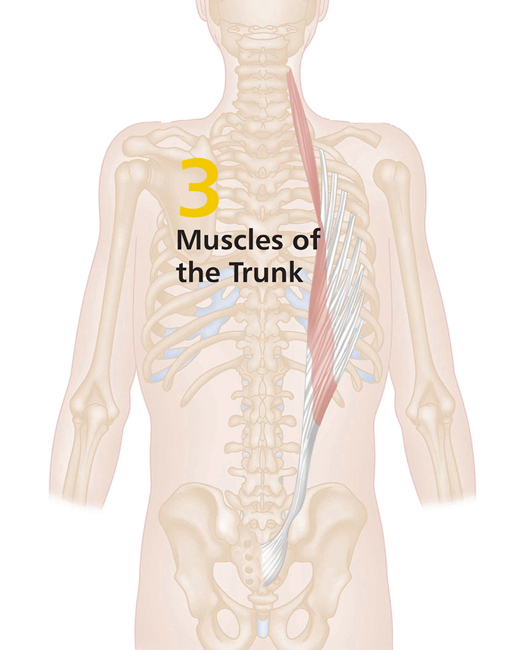

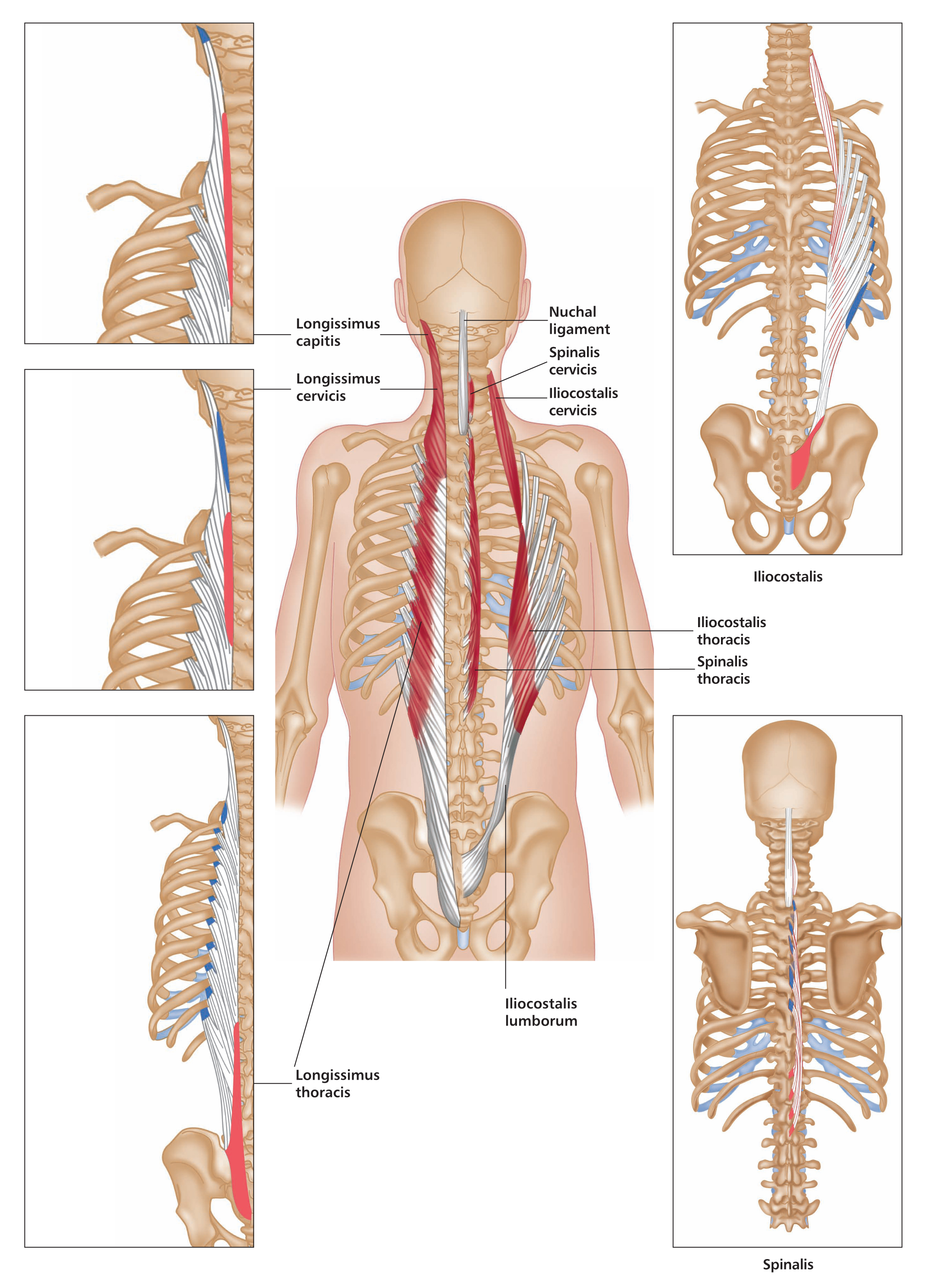
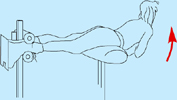

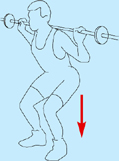


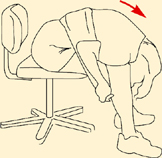
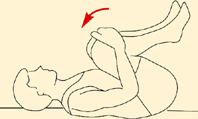


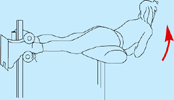
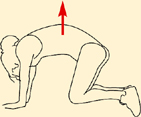

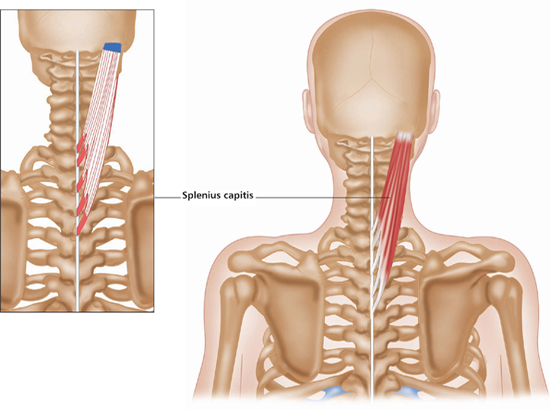
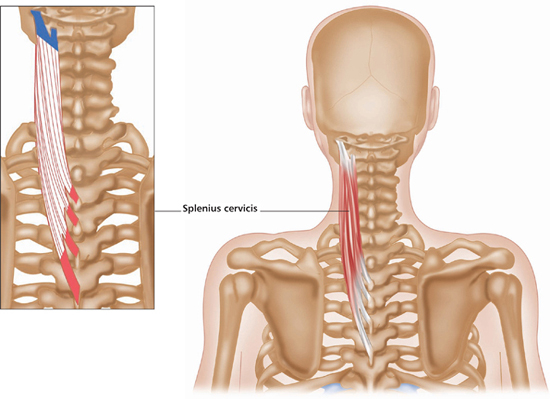



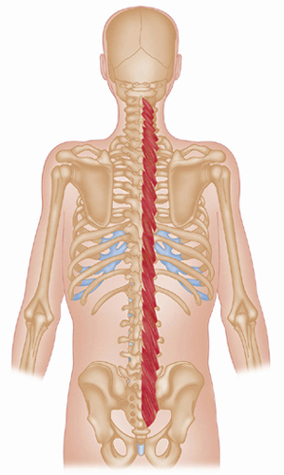
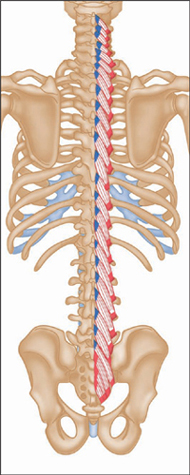



Stay updated, free articles. Join our Telegram channel

Full access? Get Clinical Tree








